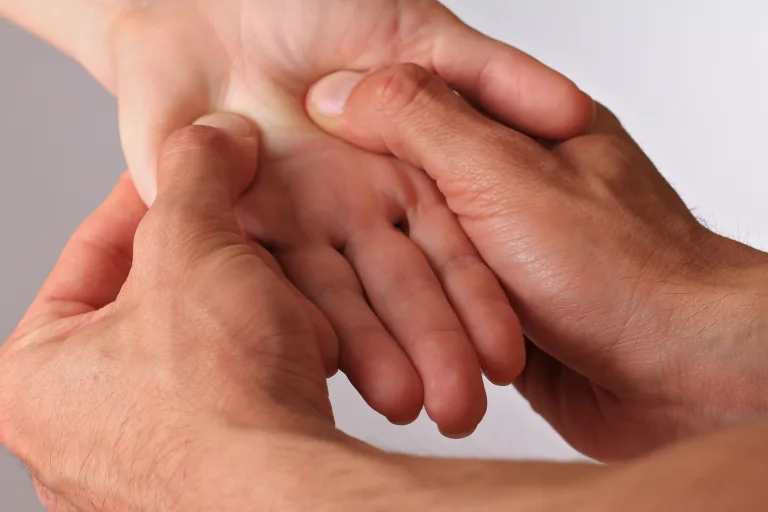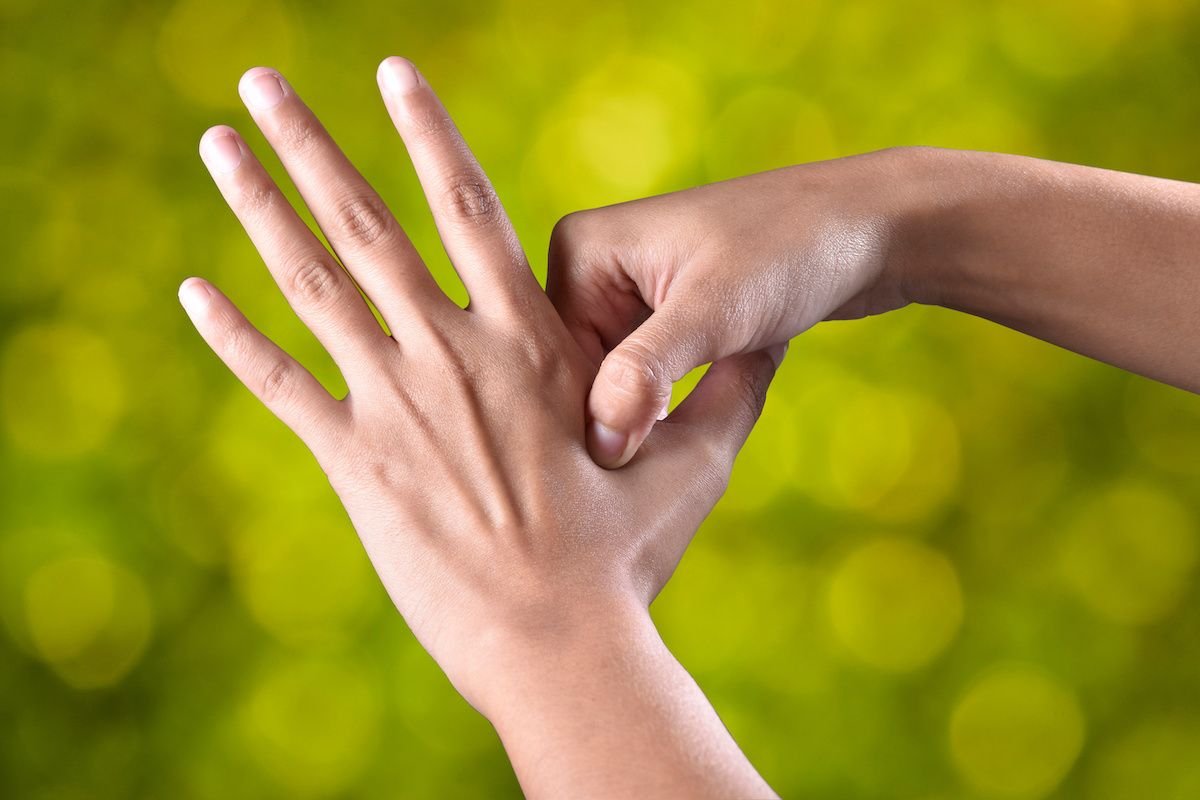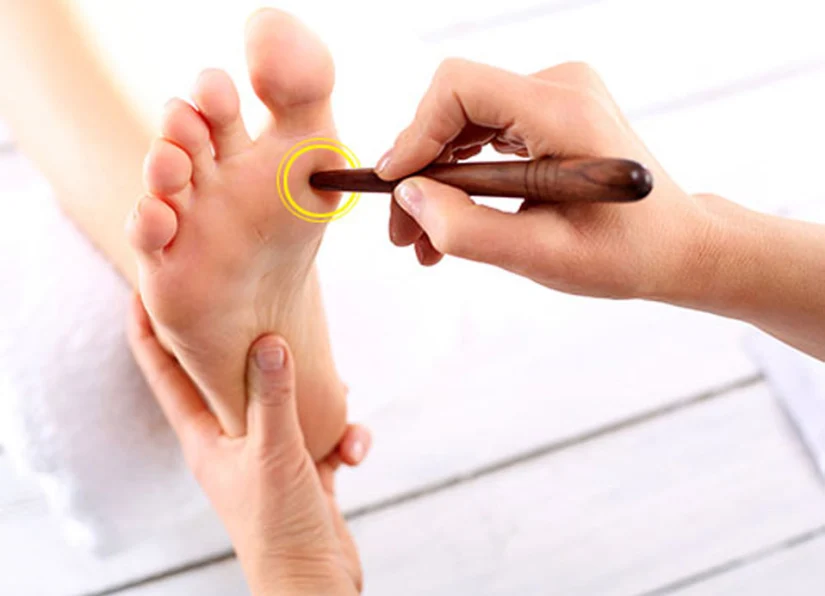Acupressure
Acupressure

Acupressure is a form of massage therapy in which particular body points are given manual pressure. It is a form of traditional Chinese medicine (TCM) that functions similarly to acupuncture but without the need for needles—instead using fingertip pressure.
Many ailments, including headaches, muscular aches, and motion sickness, are reported to be improved by acupressure. According to TCM practitioners, the benefits of acupressure are attained by applying pressure to spots along the body’s energy pathways, which promote the free flow of qi, or energy.
The process of an acupressure massage and the application of pressure points are described in this article. It covers research on the advantages of acupressure as well as its safety and adverse effects.


What Are the Acupressure Points?
Other often utilized pressure locations include:
- Applying Lie Que (LU-7) on the wrist’s thumb side may aid in immune system stimulation.
- When treating fever, vomiting, diarrhea, and abdominal pain, use Qu Chi (LI-11) on the elbow.
- Below the knee Zu San Li (ST-36) is used for constipation, acid reflux, and appetite loss.
- Wearing He Gu (LI-4) in the hand can help lessen headaches, menstrual pain, and the negative effects of chemotherapy.
- Lower back discomfort is treated with Shen Shu (UB-23) applied to the lower back.
- Pain from osteoarthritis in the knee may be alleviated by Liang Qiu (ST-34) above the knee.
What Is Acupressure Used For?
- Lack of sleep
- control of stress
- Headache
- cramping with menstruation
- motion sickness
- Pain and tenseness in the muscles.
- Morning sickness and vomiting and nausea during pregnancy
- vomiting and nausea following chemotherapy or surgery
- Auricular (ear) acupuncture may be beneficial in treating chemotherapy-induced weariness associated with cancer, according to certain studies.

How Does Acupressure Work?
Though its precise effects are still unknown, acupressure is believed to relieve obstructed energy. Some believe endorphins are released as a result of pressure. These are the body’s natural analgesic substances.
Others speculate that the autonomic nervous system might be impacted by the pressure. This is the area of the neurological system that regulates your breathing, heart rate, and digestion, among other involuntary functions.
TCM theory holds that the body is made up of invisible energy channels called meridians. It is believed that the organs are connected to other regions of the body by at least 14 meridians.1. Health issues are said to arise along a meridian if qi is stopped anywhere along that passage.
To reestablish a healthy flow of energy, an acupressure practitioner applies pressure to particular places.
Benefits of Acupressure
Although the efficacy of acupressure has not been well studied, there is some data to support its potential benefits.
Researchers examined how acupressure affected pain and anxiety in a 2017 study. Athletes with a sporting injury served as the subjects. The following acupressure techniques were used on the day of the injury, or none at all, according to the researchers who treated the subjects:
Three acupressure minutes
A three-minute placebo treatment consisting of simulated acupressure applied to a fictitious pressure point
In comparison to either no acupressure or a sham treatment, the study found that acupressure decreased discomfort. Anxiety remained unchanged.
The outcomes of three trials involving chemotherapy patients were examined in a 2017 review. Researchers discovered that applying acupressure with the fingers or a bracelet

